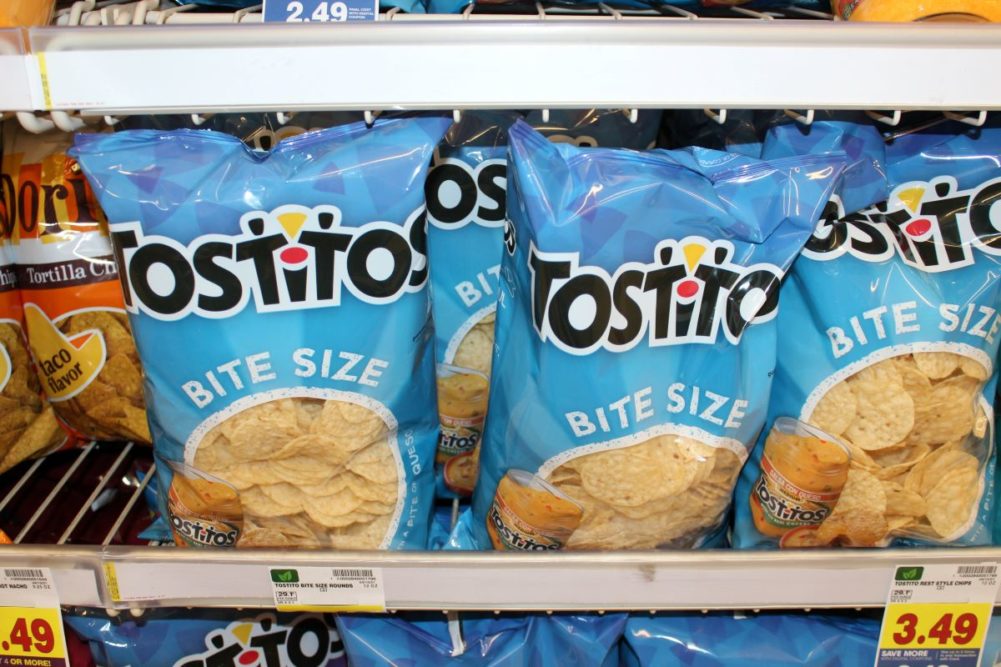BOCA RATON, FLA. — It has been four years since PepsiCo, Inc. last presented before the Consumer Analyst Group of New York. In the intervening period, the company has not been standing still, its top executive said.
Speaking Feb. 21 at the CAGNY conference in Boca Raton, Ramon L. Laguarta, chairman and chief executive officer, described major steps forward PepsiCo has taken over the last several years and identified opportunities the company sees in the years ahead.
A summary of the company’s business, a common element of CAGNY presentations, offered a glimpse of PepsiCo’s scope in the United States and globally. The company’s annual sales have climbed to $91 billion and operating profit hit $14 billion in the most recent year. Foods account for 60% of the company’s business with the remainder in beverages.
While a minority of its business, 40%, is international, Laguarta said PepsiCo’s $36 billion in annual sales outside the United States is “clearly much larger than most of the companies in our sector globally.”
In the United States, the Frito-Lay North America business generates $25 billion in annual sales while Quaker Foods is a smaller division at $3 billion.
Marketing and capital investments are two areas PepsiCo has stepped up its game over the last five years, Laguarta said.
“We went from investing $4.2 billion in our A&M (advertising and marketing) in 2018 to almost $6 billion in ’23,” he said. “That’s a large growth. That marketing went against our large brands, but also against a lot of our smaller brands that are competing in niches within our category.”
Over the same period he said annual capital spending jumped to $5 billion from $3 billion with investments in infrastructure, “our go-to-market, modernizing our operations, modernizing our technology and investing as well in productivity.”
From a product perspective, PepsiCo has invested heavily in the company’s better-for-you options.
“We invested a lot in developing our Positive Choices in snacks, especially but also in beverages, not only reducing sugar, reducing sodium whilst keeping a great taste, but also adding whole grain, changing the cooking methods to baking and popping and some other choices that we call Positive Choices in the company,” Laguarta said. “And you see also the size of our platforms already $9 billion in non-sugar colas, $2 billion in whole grains or baked snacks — meaningful. We also invested in giving the consumer optionality for portion control, optionality for portability.”
Overall, Frito-Lay has added $8 billion in annual sales since 2018, Laguarta said.
“The Frito-Lay business has been gaining share consistently for the last four years, year after,” he said.
Taken together, for each of the last four years, PepsiCo products — food and beverage — combined have been the top growth contributor in the US retail sector, Laguarta said.
PepsiCo’s success with better-for-you products is emboldening the company to pursue additional growth ahead, Laguarta said. It headlined his list of areas of promising innovation the company has identified.
“When you think about innovation, there are a few spaces that we’re going to double down,” he said. “One is, Positive Choices. We will continue the journey of Positive Choices through superior R&D, be it reduction of sodium, reduction of salt, a reduction of sugar, positive ingredients, whole grains, lentils, etcetera. So, we’re working on a lot of innovation around foods and beverages, that around Positive Choices.”
“New occasions” represents a second area of opportunity for innovation, Laguarta said.
“We want to make sure that consumers can find us in many more occasions than today,” he said. “That will come through packaging innovation. As you see there, minis have been a great opportunity for us to have portable snacks throughout the day.”
To the degree it is aimed at pursuing growth, capital investment will be directed mostly toward international markets, Mr. Laguarta said.
“For the US business, investments will be in the form of systems and digitalization, new technology platforms,” he said. “Frito is investing in some new cooking method, so scale in popping or scale in baking. And those are technologies that we don’t have. It’s not so much in the beverage business, where I think we have all the technologies pretty much there. And there will be a lot of investment in productivity basically through automation. I think automation will be a big driver of our creating better jobs for our people and it’s improving the efficiency of the system. It applies to both businesses, the food businesses and the beverages business, both in the manufacturing part, but also in warehouse and move.”
Asked for “any better clarity on the state of the US consumer” following comments earlier in the months after the company released financial results, Laguarta said, “It was a good Super Bowl for us.”
“Now in terms of our capabilities to disaggregate consumers and how we are able to execute more granularly against the beginning of the month and the end of the month and entry price points, I think we have a business that is quite flexible in terms of packaging solutions versus other categories,” he said. “If you think about our food business, (it) clearly has multiple entry points and a lot of flexibility on price and sizing, the same with beverages. The beverage business is a bit more rigid when it comes to price packaging. But I think both businesses are quite flexible. We have developed a lot of capabilities over the last few years in terms of granular understanding of the consumers in different parts of the country. And — obviously, our DSD gives us an advantage in terms of executing quickly those nuances by Zip code and otherwise, together with our retail partners. So I think we’re advantaged in that respect.”




